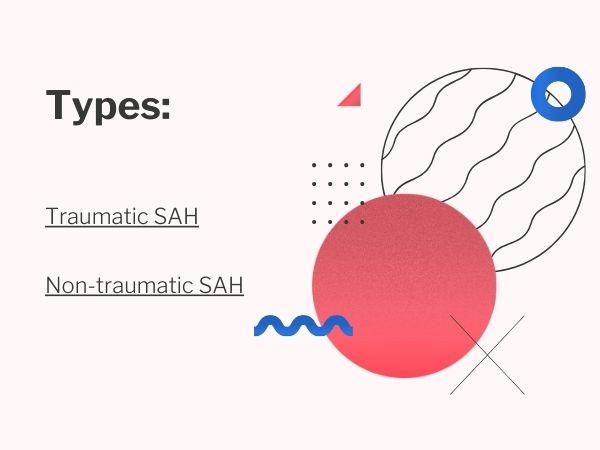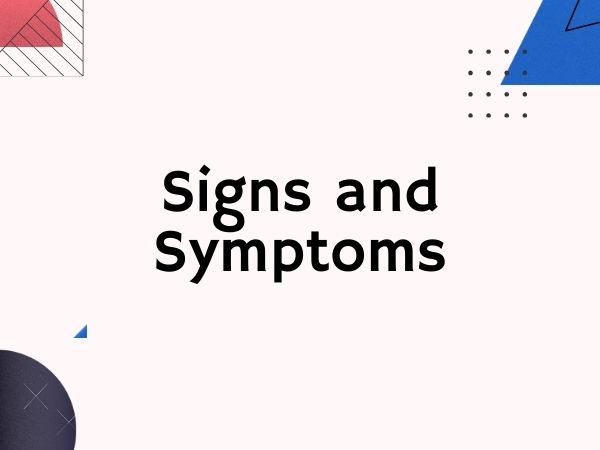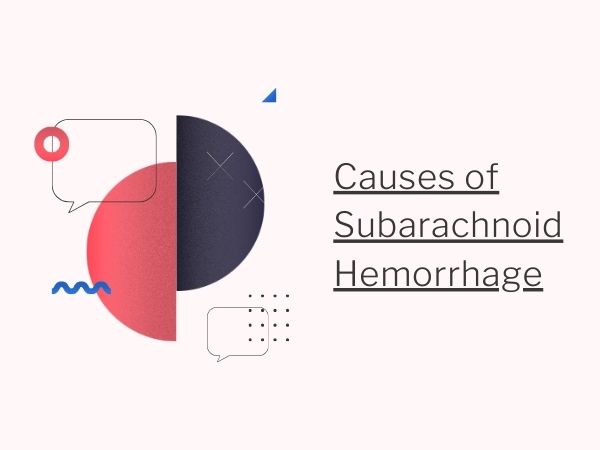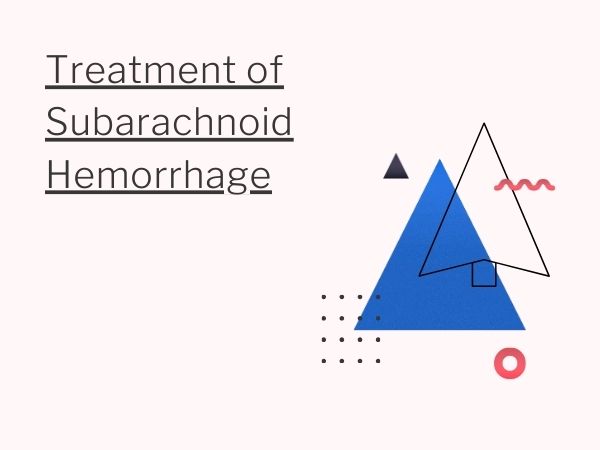Topics
Table of Contents
Subarachnoid Hemorrhage (SAH) is a serious medical condition characterized by bleeding in the space between the brain and the thin tissues that cover it, known as the subarachnoid space. This condition requires prompt medical attention and intervention due to its potentially life-threatening nature. Understanding its causes, symptoms, diagnosis, treatment options, and preventive measures is crucial for managing and mitigating its effects.
Types of Subarachnoid Hemorrhage

Subarachnoid hemorrhage can be categorized into two main types:
- Traumatic SAH: Caused by head injury or trauma to the skull.
- Non-traumatic SAH: Most commonly caused by the rupture of a cerebral aneurysm, a weakened area in a blood vessel in the brain.
Signs and Symptoms

The signs and symptoms of subarachnoid hemorrhage can vary depending on the severity of the bleeding. However, common symptoms include:
- Sudden, severe headache (often described as the worst headache of one’s life)
- Nausea and vomiting
- Stiff neck
- Sensitivity to light (photophobia)
- Blurred or double vision
- Loss of consciousness
- Seizures
- Confusion or altered mental status
Causes of Subarachnoid Hemorrhage

The primary cause of non-traumatic SAH is the rupture of a cerebral aneurysm. Aneurysms can develop due to a variety of factors, including high blood pressure, smoking, excessive alcohol consumption, drug abuse, and genetic predisposition.
Traumatic SAH is typically caused by head injuries resulting from falls, car accidents, assaults, or sports-related incidents.
Diagnosis
Diagnosing subarachnoid hemorrhage often involves a combination of medical history evaluation, physical examination, and diagnostic tests, including:
- CT scan: A computed tomography (CT) scan of the head is usually the first test performed to detect bleeding in the brain.
- Lumbar puncture: Also known as a spinal tap, this procedure involves collecting cerebrospinal fluid (CSF) from the lower back to check for signs of bleeding or infection.
- MRI: Magnetic resonance imaging (MRI) may be performed to obtain detailed images of the brain and blood vessels.
Treatment of Subarachnoid Hemorrhage

Treatment for subarachnoid hemorrhage aims to stop the bleeding, relieve symptoms, prevent complications, and address the underlying cause. Depending on the severity of the hemorrhage and its underlying cause, treatment options may include:
- Surgical clipping: A neurosurgical procedure to repair the ruptured aneurysm by placing a metal clip at its base to prevent further bleeding.
- Endovascular coiling: A minimally invasive procedure in which a catheter is inserted into the blood vessel to place coils within the aneurysm, promoting clot formation and preventing re-rupture.
- Medications: Pain relievers, anti-seizure medications, and medications to reduce blood pressure may be prescribed to manage symptoms and prevent complications.
Prevention
While it may not always be possible to prevent subarachnoid hemorrhage, certain lifestyle modifications and precautions can help reduce the risk:
- Maintain a healthy lifestyle: Eat a balanced diet, exercise regularly, maintain a healthy weight, and avoid smoking and excessive alcohol consumption.
- Manage blood pressure: Monitor blood pressure regularly and take medications as prescribed by a healthcare professional to keep it within a healthy range.
- Seek medical attention: If experiencing symptoms such as sudden, severe headaches or other signs of subarachnoid hemorrhage, seek immediate medical attention to prevent complications.
Home Remedies

While home remedies cannot treat subarachnoid hemorrhage itself, they may help manage symptoms and promote overall well-being:
- Rest: Adequate rest is essential for recovery and promoting healing.
- Hydration: Drink plenty of fluids to stay hydrated and help alleviate headaches.
- Stress management: Practice relaxation techniques such as deep breathing, meditation, or yoga to reduce stress and promote relaxation.
- Healthy diet: Eat a nutritious diet rich in fruits, vegetables, whole grains, and lean proteins to support overall health and recovery.
In conclusion, subarachnoid hemorrhage is a serious medical condition that requires prompt diagnosis and intervention. Recognizing the signs and symptoms, understanding the causes, seeking timely medical attention, and adopting preventive measures are crucial steps in managing and minimizing the impact of this potentially life-threatening condition. If you or someone you know experiences symptoms suggestive of subarachnoid hemorrhage, seek immediate medical attention for proper evaluation and treatment.
